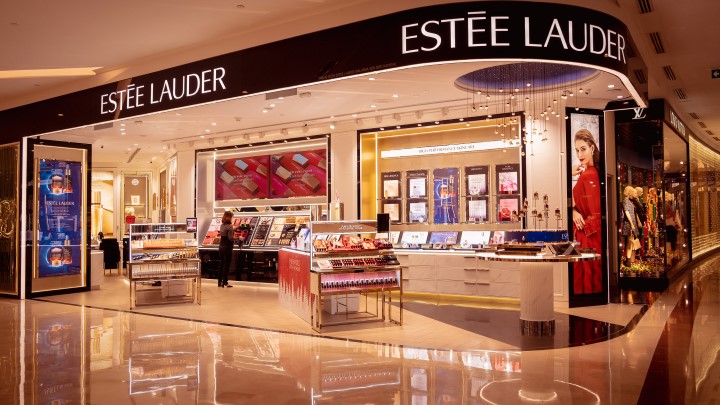I don’t know about you, but every article I read of late mentions the same buzzy acronym: AI. Whenever I see these two letters side by side, my ears prick up and my curiosity has me trawling through article after article, listening intently to podcasts, watching YouTube interviews and reading through the commentary like I’m watching the Wimbledon Grand Slam. My brain hungers to consume as much as I can about the topic. Why? Above all else, it’s fascinating. Sure, some say
me say it’s terrifying, others say it’s the end of creativity and original thought, and then there are those who celebrate the development, in awe of what this means for the future. Regardless of your view, there’s one thing each of us has in common, we’re engaged enough to have an opinion. From what I’ve seen, a strong one at that. So here you have it, another article about AI. Let me make it worth your while.
Generating interest
The interesting thing about the current discourse about AI is that people are talking about AI as if it’s new. For reference, the concept of artificial intelligence has been around since the mid-20th century. Just ask ChatGPT. So why the resurgence? Because individuals and companies are now turning their focus to something called generative AI. But what is this exactly?
Generative AI is a subset of artificial intelligence, one that focuses on the output of content, such as text, images and even music. How is this possible? Generative AI creates new content from data that already exists. I can already hear the heated discussions. Keep discussing and keep having an opinion, because it’s important. But while you do, let me tell you how generative AI is currently transforming the beauty industry by those who have decided to take the leap. This is where it gets interesting.
In a recent press release, global beauty giant, Estée Lauder Companies announced its ongoing partnership with Google Cloud, to pioneer new uses of generative AI across ELC’s brand sites as part of its mission to ‘transform the luxury digital experience’. In the statement, ELC aims to use generative AI to ‘proactively address consumer concerns, respond to external trends, and ultimately improve consumer experiences’. ELC will utilise various Google Cloud technologies, such as PaLM 2, which is a large language model developed by Google. It will also use Vertex AI, a comprehensive workflow for developing, training, and deploying machine learning models; BigQuery, a serverless and scalable data warehouse that has a built-in query engine, and finally, Looker, an enterprise platform that provides business intelligence, data applications, and embedded analytics, to help explore and share real-time insights.
Social monitoring
Like all brands today, trying to keep up with consumer trends is a race against the clock. One minute there is a TikTok trend urging customers to purchase a new lipstick shade. But by the time your R&D team has caught up with this wave of consumer interest, a new wave has already begun. ELC is choosing to use generative AI tools to keep up with the endless shifts and to power personalisation on a new level. The beauty empire, home to over 20 global brands, has decided this will improve productivity and enable its brands to respond in real-time with its most important revenue driver, its consumer. Boosting ELC’s social monitoring represents just a fraction of generative AI’s potential. Internally, at the headquarters, ELC believes this will translate to enhanced productivity and immediate customer responses across channels such as customer service call centres.
In June, L’Oreal’s venture capital fund, BOLD, announced its backing of the generative AI startup, Rembrand. The aim? To revolutionise product placement by using AI-generated photo-realistic images placed into existing creator content. Yes, placing brands into content after the content has been created. Imagine a bottle of Kérastase shampoo sitting in the background of a content creator’s YouTube hair tutorial. Now imagine the resource and time it takes to organise, coordinate and execute that product placement. According to Rembrand, that product can be placed into existing content in a matter of hours, with the mutual agreement of the content creator and the brand. The startup operates on two distinct business models. The initial model is a dual-sided network comprising influencers and content creators on one side, and brands on the other. Creators hold the autonomy to pick brands they wish to incorporate within their videos, while brands can collaborate with influencers whose audiences align with their products and values. Its sales model operates on a CPM basis, with creators currently receiving 75 per cent of the net revenue for each placement.
In May, heritage brand Elizabeth Arden used generative AI to create an immersive virtual reality store. The technology, crafted by Obsess, an experiential e-commerce company, enabled users to navigate a virtual environment inspired by Elizabeth Arden’s renowned Fifth Avenue salon, complete with its iconic red door. An aim to engage today’s consumer, wherever in the world they may be.
As these multinational corporations integrate generative AI into their business models, fundamentally transforming the beauty sector, will your business follow suit? The presence of generative AI isn’t going away anytime soon. So, here’s my two cents: stay informed on its development and its potential impact on your business, then make a decision remembering your why. The decision to incorporate generative AI into your business model or not will ultimately shape your company’s future. No pressure though.

